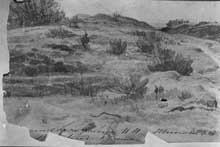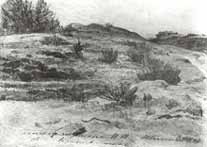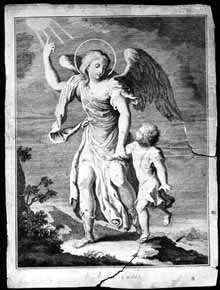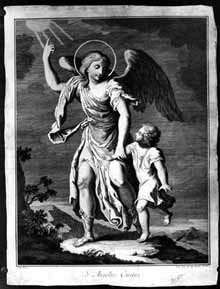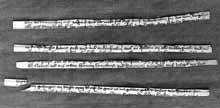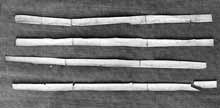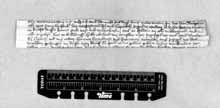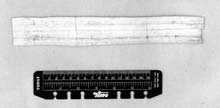
SummaryIrina Bakaeva is a specialist in conservation and restoration of works of art and documents on paper and parchments. She completed the Institute for Petrochemical Industry in 1986, and since 1994 she works in the State Restoration Research Institute in Moscow, Russia. Her skills include care and conservation of all kinds of prints, particularly prints colored by hand, maps and documents and aslo drawings by pencil, gauche and ink. She restored more than forty graphical works from the collections of the Moscow Kremlin Museums, State Historical Museum, Russian State Library, Russian State Archive of Ancient Documents, Library of Moscow State University, Museum of Reconstruction of Moscow and the Pushkin Literary Museum. She participated in a number of exhibitions. Irina Bakaeva is certified as a restorer of graphic art, her license has been extended in 1999 (by the Russian regulations, such licenses need to be confirmed once every four years). The photos below present a few typical examples of her work. |
PrintsThe print on Angel-Guard on a fabric paper. -- N. Covally from the painting by Piedro Novelli (1730-1822) ; private collection. The paper was greasy and deformed. General yellowishness. Multiple colored stains caused by damp stains, including a big one, in a shade of green, in the upper right corner. The paper was attacked by the green, pink, blue and black mold. Multiple big and small tears were present all over the surface. Horizontal ruptures of the paper base in the central part of the print across its width.
The content and sequence of the restoration works:
|
ParchmentsThe five parchment fragments were extracted from the spine of German book printed around 1430 (this date is mentioned in the text). The manuscript is narrow stripes of velvety West-Euoropean parchment of white-grayish color with text along the stripes. The stripe lengths vary from 5 to 9 mm, and the widths from 261 to 267 mm. The text was written in ink of green shade which left noticeable marks on the back sides of the parchments. After matching of the fragments two dark vertical lines were visible on the backs. These parchment stripes protected the spine of paper notepads comprising a printed book, which is evidenced by the typical slits although no glue marks were found. The stripes contained logically consecutive fragments of text and therefore it was necessary to match the fragments into a single whole. The parchments had slight surface dirtying, small slits and all fragments were slightly warped but in general the parchments were in good physical conditions.
The content and sequence of the restoration works:
|

